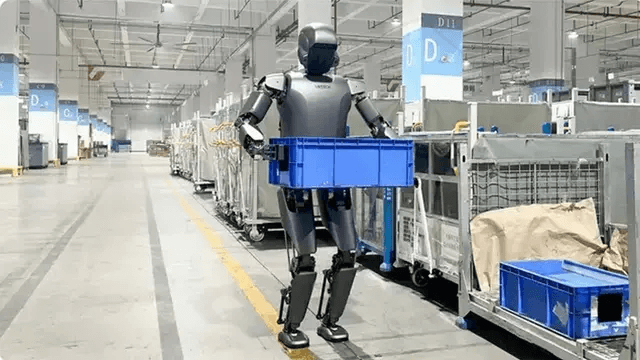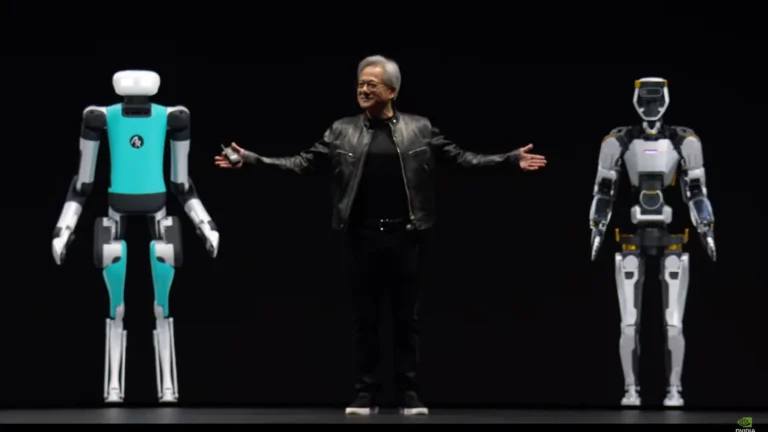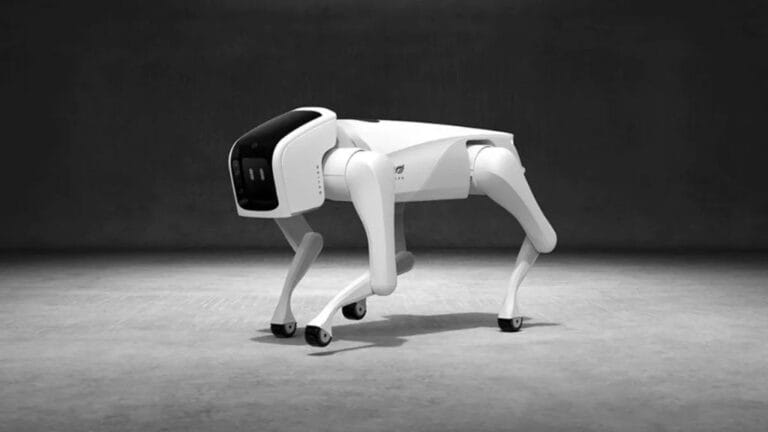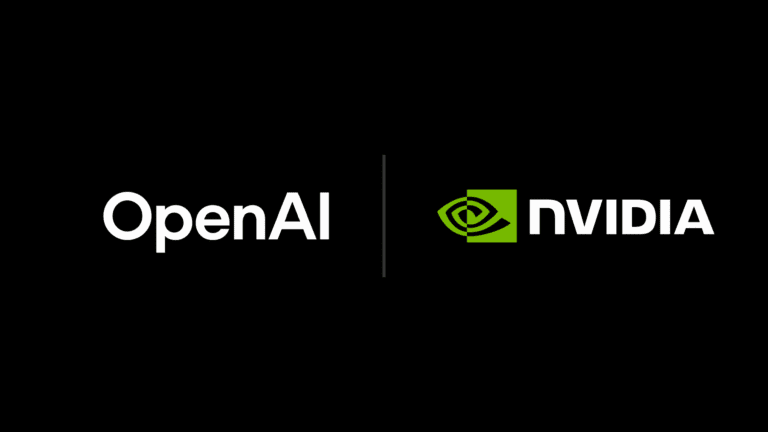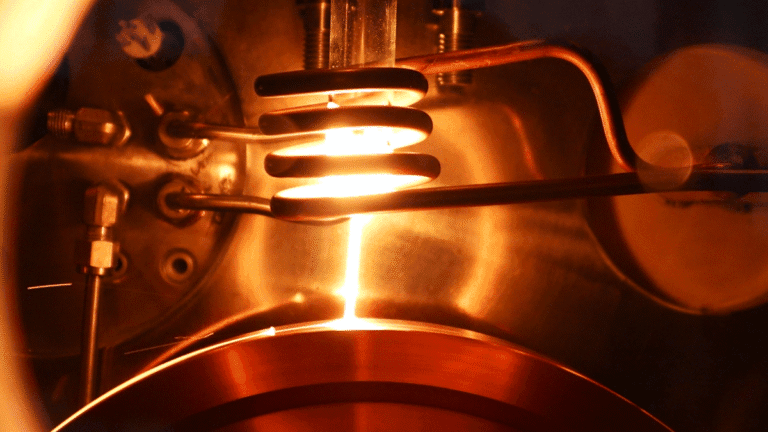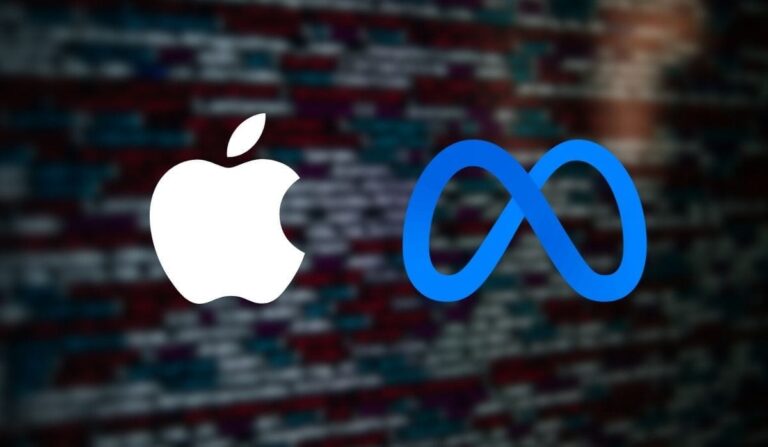
Clone Robotics, an innovative startup in the field of humanoid robotics, today unveiled their latest creation, known simply as “Torso.” This groundbreaking bimanual android represents a significant leap forward in robotics, employing state-of-the-art artificial muscles to achieve movements with an uncanny resemblance to human dexterity.
Torso is not just another robot; it’s an android designed with an impressive array of movements, thanks to its advanced artificial muscle technology. The android features actuated elbows, a fully mobile cervical spine (neck), and shoulders that replicate the complex human joint system including the sternoclavicular, acromioclavicular, scapulothoracic, and glenohumeral joints. This allows Torso to perform tasks with both arms in a coordinated, human-like manner, a feat not easily achieved in robotics until now.
The artificial muscles in Torso are operated through a compact valve matrix located within its ribcage, showcasing an elegant solution to the bulkiness often associated with robotic actuators. This design not only enhances the aesthetic appeal but also improves functionality by allowing more space for other components or even reducing the overall size of the robot.
Public reaction has been a mix of awe and anticipation. Social media platforms, especially X, have been abuzz with discussions and footage of Torso in action. Users have expressed both excitement about the potential applications of such technology and the usual trepidation about the implications of increasingly human-like robots.
Clone Robotics has stated that Torso is a step towards creating fully autonomous humanoid assistants. “With Torso, we’re pushing the boundaries of what’s possible in terms of interaction between humans and machines,” said a spokesperson for Clone Robotics. “This is just the beginning. We envision a future where androids like Torso can assist in complex tareas requiring human-like dexterity and adaptability.”
The introduction of Torso comes at a time when the robotics community is keenly watching the advancements in artificial muscle technology, which promises more natural movement, energy efficiency, and adaptiveness compared to traditional motors and gears.
However, with these advancements come questions about employment, ethics, and the integration of such technology into daily life. While some see Torso as an assistant of the future, others worry about the displacement of jobs or the more philosophical implications of machines that mimic human form and function too closely.
As Clone Robotics continues to refine and develop Torso, the world watches eagerly, or warily, to see how this next generation of robotics will evolve and potentially integrate into society. Whether Torso will lead to widespread practical applications or remain a showcase piece of technological prowess, it undeniably marks a new chapter in the story of robotics and artificial intelligence.
Check out video:
https://x.com/ai_newsz/status/1849256751415120321
